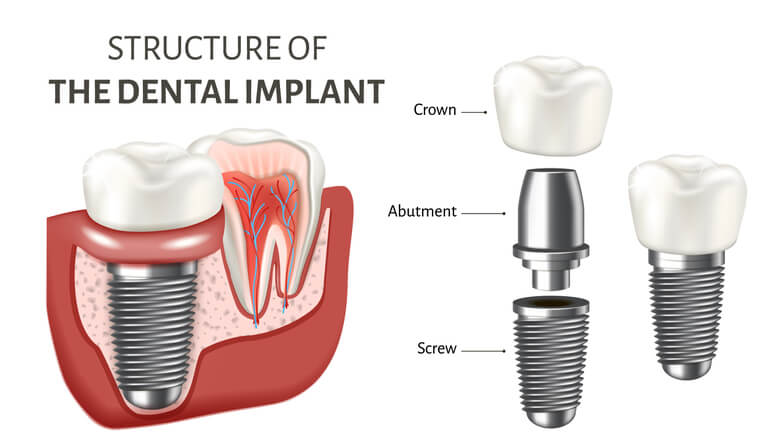Recently, an article entitled Effect of Surface Topography of Implant Abutments on Retention of Cemented Single-tooth Crowns, by Tomie Nakakuki de Campos et al., for the International Journal of Periodontics and Restorative Dentistry, investigated whether surface topography affects the retentive strength of cemented full crowns, comparing the effects of standard machined, sandblasted (80µm aluminum oxide), and grooved implant abutments.
International Journal of Periodontics and Restorative Dentistry
July/August 2010
Volume 30, Issue 4, Pages 409-413
Five metallic crowns per abutment type were cast and cemented with zinc phosphate. After 24 hours, the crowns were submitted to a tensile test. The retentive strength of the cemented crowns was significantly affected by abutment surface topography. The sandblasted and grooved surface groups had approximately 2.4 times greater mean uniaxial retentive strength than the machined surface group. This suggests that sandblasted and grooved surface groups may be helpful in retaining metal castings in cases where standard machined abutments have failed or a large amount of stress is expected.
|
Surface Roughness parameters of the test abutments |
|||
|
Surface roughness Parameter |
Standard machined abutment (µm) |
Sandblasted abutment (µm) |
Grooved abutment (µm) |
|
Ra |
.09 | 1.04 | 8.38 |
|
Rz |
.63 | 6.00 | 29.16 |
|
Rq |
.12 | 1.33 | 9.57 |
|
Descriptive statistics of the retentive strength (in Newtons) |
||
| Abutment type | Mean | Standard Deviation |
| Standard Machined | 368.73 | 46.31 |
| Sandblasted | 821.79 | 164.30 |
| Grooved | 870.83 | 116.11 |
